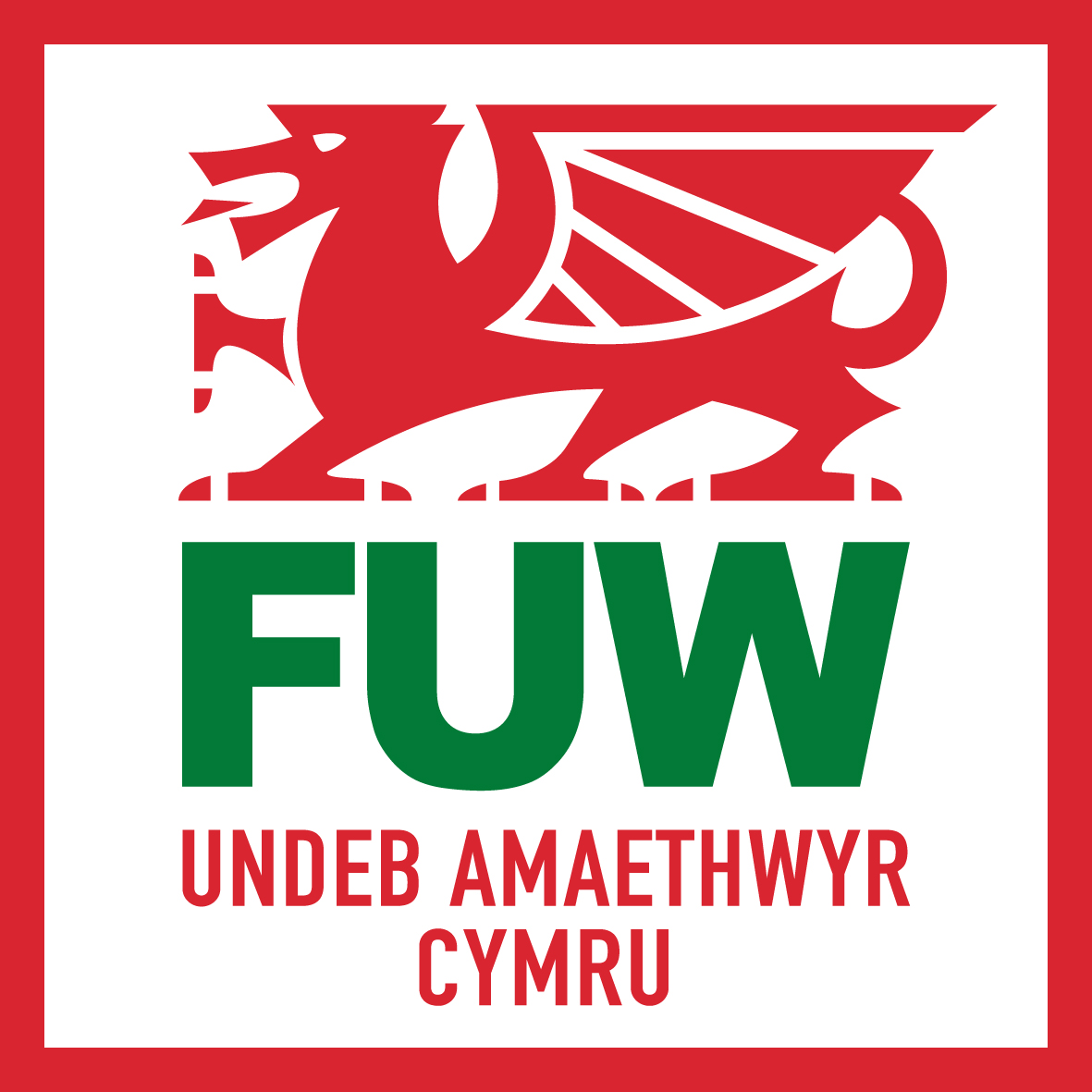The FUW continues to receive many queries regarding current TB testing regulation. The rules continue to be complex and depend on factors such as where the infected animal was identified. The regulatory testing regime for a TB animal identified at slaughter are summarised below:
If a breakdown starts with a confirmed slaughterhouse case, the Animal and Plant Health Agency (APHA) carries out an immediate check test to determine the level of infection in the rest of the herd. This is usually carried out before the culture results are received. As this test is carried out less than 60 days from the slaughterhouse case leaving the farm it cannot count as one of the short interval tests required to lift TB restrictions.
The requirements to lift restrictions in a Officially Tuberculosis Free Withdrawn (OTFW) breakdown are that the herd must have two clear tests at least 60 and 120 days after the last reactor or slaughterhouse case leaves the farm, so in most confirmed slaughterhouse cases the herd will have its initial check test followed by two short interval tests, the first at severe interpretation and the second at standard to severe interpretation.
The rationale for the policy is that the remaining cattle must have adequate time after the infected animal leaves the farm to develop a response to the TB test if they have become infected. If a reactor is found at any of the tests it resets the clock and a further two tests are required.
The above rules represent a typical situation, however as with all TB regulation it is important to ensure that all testing requirements are met. If you have any further queries regarding these rules, please contact your local County Office.


